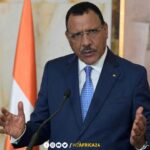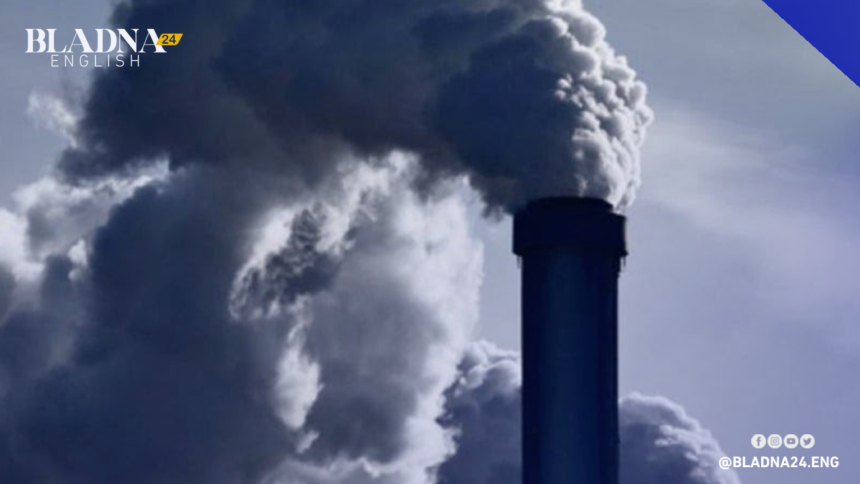Nearly $78 billion in present value is the total amount of investment needed to anchor Morocco firmly on a low-carbon and resilient trajectory to 2050, according to the Climate and Development Report (CCDR) Morocco, prepared by the World Bank.
Investing now in climate action will provide “significant benefits for Morocco” by creating new jobs, revitalizing rural areas and transforming the country into a “green” industrial hub the report, presented on Thursday in Rabat, by Carole Megevand, Leader of the Sustainable Development Sector for the Maghreb Countries will help the country achieve its development goals more broadly.
The realization of these investments will be gradual, but their profitability will be considerable, thus making Morocco an attractive environment for foreign direct investment and a centre of exports, in addition to stimulating economic growth.
Investment in water infrastructure is crucial, but it must be accompanied by reforms in the water sector and changes in consumer behaviour.
The report estimates that an optimal level of investment in disaster risk management would cover the equivalent of 15% to 20% of annual average losses, an average annual investment of between $67 million and $90 million.
In addition, in order to decarbonize the country’s economy by 2050, the report focuses on reducing dependence on fossil fuels and the massive deployment of solar and wind energy.
According to the report’s projections, more than 85% of electricity could be produced from renewable sources by 2050, compared to 20% in 2021. The result is the creation of at least 28,000 net jobs per year (140,000 in five years) in the renewable and energy efficiency sectors alone.
Gains on the employment front could even be greater taking into account the development of green hydrogen, electric mobility or other green industrial investments in the Kingdom.
The report estimates that the cost of decarbonization over the next three decades will be about $53 billion, given that these investments will be largely borne by the private sector, subject to the implementation of appropriate sectoral policies.
However, the net economic impact would be positive: reduced imports of fossil fuels and ammonia, increased energy security, reduced air pollution and reduced vulnerability to international oil price shocks.
Decarbonization could enable Morocco to become a net exporter of green energy and green hydrogen and make the Kingdom a hub for green industrial investment and exports, especially to the European Union.
Mitigation and adaptation investment needs would require approximately $23.3 billion by 2030 (two-thirds of which is for adaptation), $25 billion between 2031 and 2040, and $29.5 billion between 2041 and 2050.
The CCDR is a new World Bank diagnostic tool to explore the linkages between climate and development and identify priority interventions to build resilience and mitigate carbon emissions while supporting growth The European Union is committed to promoting economic growth and reducing poverty. The report on Morocco is the first to be published for a country in the Middle East and North Africa (MENA) region.
The report identifies three priority issues in support of urgent climate action: addressing water scarcity and droughts, improving flood resilience, and decarbonizing the economy. The report also addresses cross-cutting issues of funding, governance and equity.







